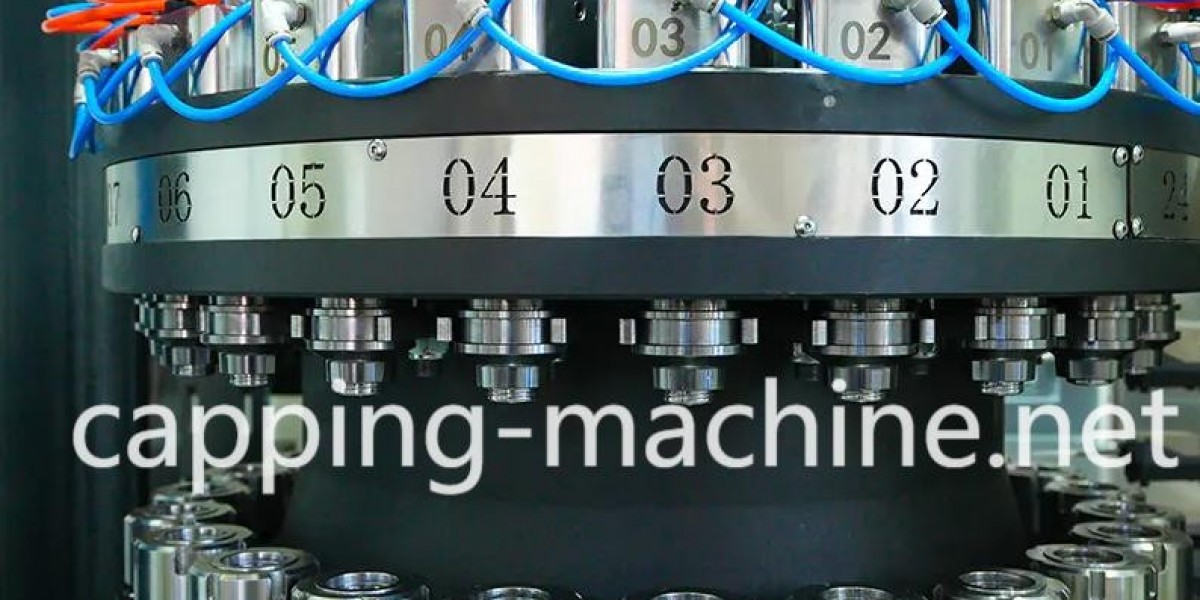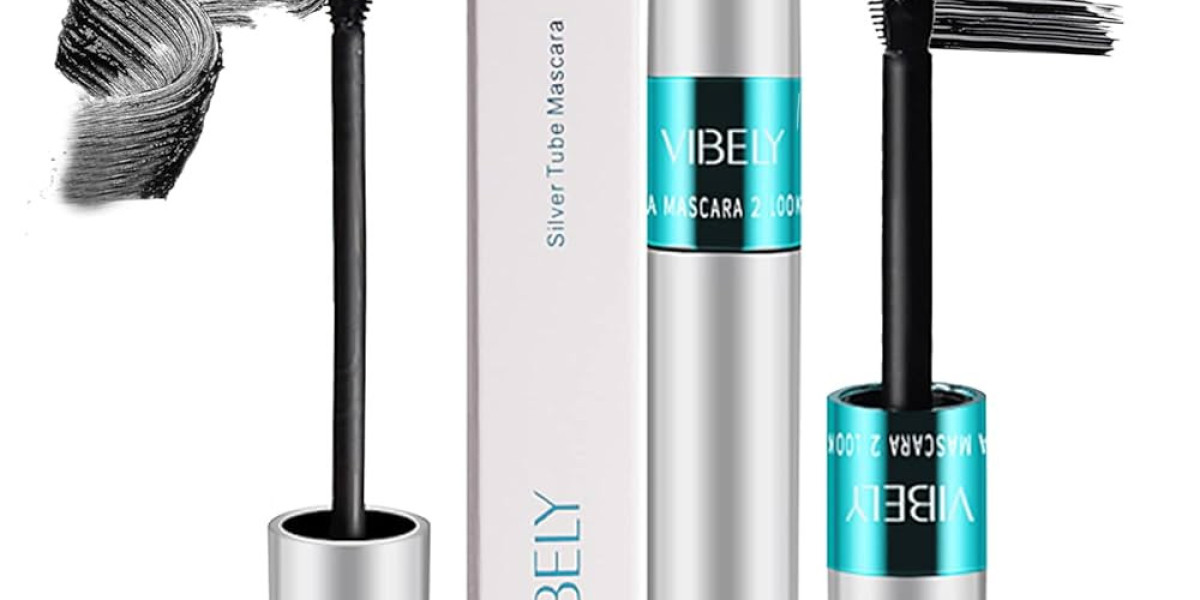For large-scale packaging facilities, consistency and speed are vital when producing plastic closures. Among the technologies leading this shift toward efficiency is the Cap Compression Machine , an innovation that continues to redefine how plastic caps are manufactured. Taizhou Chuangzhen Machinery Manufacturing has been at the forefront of designing machines that meet the rigorous demands of high-volume production, delivering performance that blends quality with scalability.
Compression molding for caps begins with thermoplastic resin, such as HDPE or PP, that is pre-heated and then portioned into a rotating mold system. Rather than being injected, the material is compressed within each cavity to form individual caps. This mechanical process results in highly uniform caps with minimal internal stress and excellent surface quality. The rotary design allows for continuous operation, which is especially beneficial in facilities that require millions of units per day.
Chuangzhen’s rotary systems are designed with modularity in mind, featuring configurations from 24 up to 64 cavities. This scalability means that manufacturers can start with mid-range output and expand as demand grows, without needing to change the entire infrastructure. Each cavity functions within a synchronized cycle, ensuring consistent cap dimensions regardless of batch size.
Durability and repeatability are key advantages of this molding process. Fewer hydraulic components and simpler mechanical assemblies make these systems more robust over time. In fact, operators report fewer breakdowns and easier maintenance intervals with cap compression machines than with equivalent injection-based systems. This reliability supports continuous production and lowers operating costs over the machine's lifecycle.
Chuangzhen enhances performance further through the integration of smart controls. Their machines are equipped with programmable logic controllers (PLCs) and touchscreen HMIs, allowing for precise adjustments in pressure, timing, and mold temperature. Some models even support real-time monitoring and fault diagnostics, giving production managers greater control over quality and efficiency from a central interface.
Another notable benefit is improved energy management. Compression machines generally use less power than traditional alternatives, as they operate at lower temperatures and don’t require high-pressure injection systems. With sustainability becoming a core priority for manufacturers, the reduced environmental footprint of these systems is an additional incentive.
Modern packaging plants also benefit from automation-friendly design. Chuangzhen’s machines integrate smoothly with upstream resin feeders and downstream systems such as cap inspection modules, leak detectors, and automated stacking units. This compatibility creates a continuous, hands-free production line that enhances overall productivity.
For companies aiming to meet high-volume production targets without sacrificing quality or efficiency, a well-designed compression system is a valuable investment. Taizhou Chuangzhen Machinery Manufacturing offers reliable, customizable options to help manufacturers reach their operational goals.To learn more about available models and technical specifications, visit: https://www.capping-machine.net/news/industry-news/cap-compression-molding-machines-price-types-process-and-future-trends.html .






